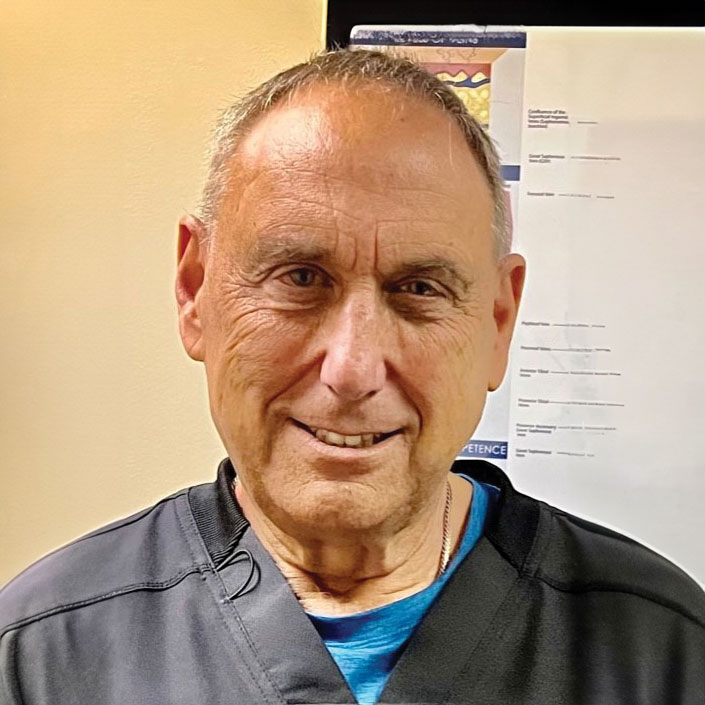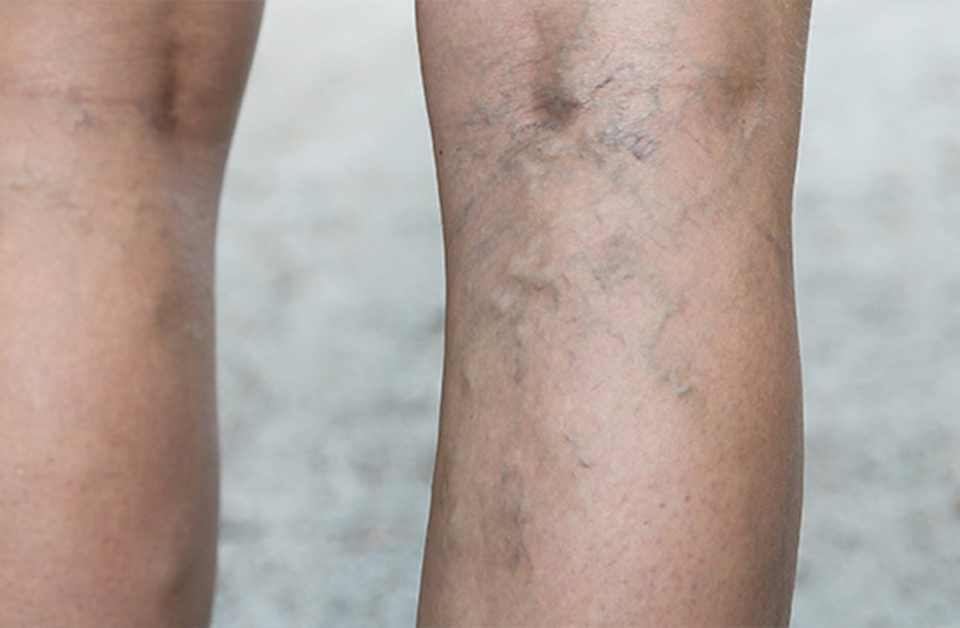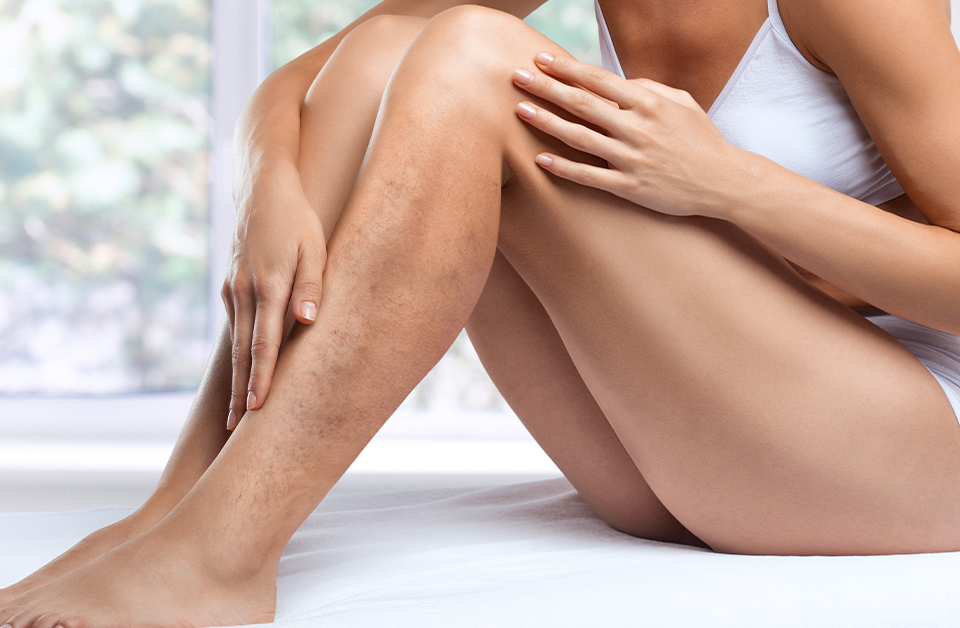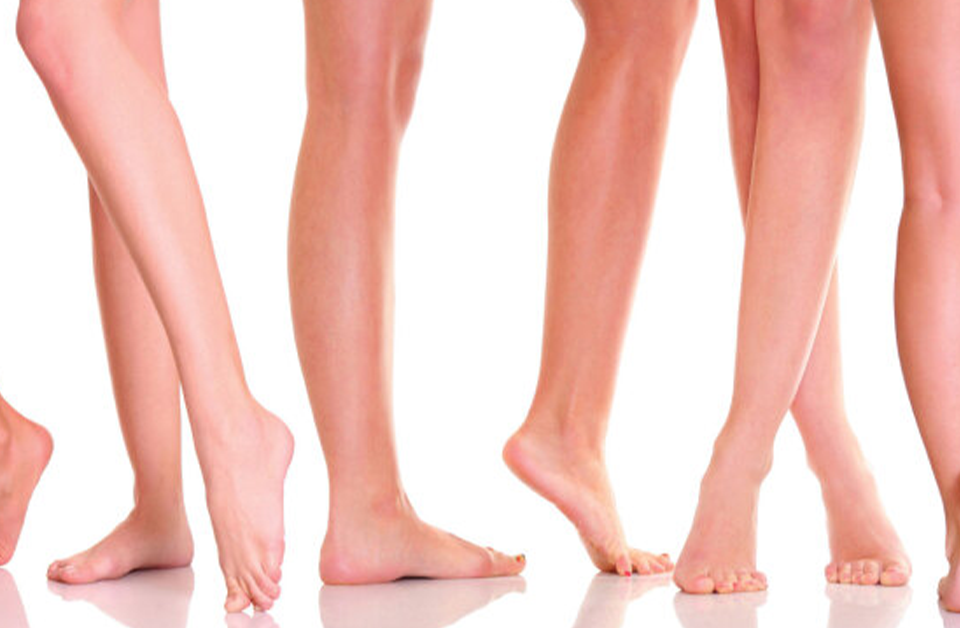More than 40 million adults in the United States have varicose veins. Many people and even some doctors consider the ropey, bulging leg veins a cosmetic concern. In reality, varicose veins are a medical matter that can indicate a vascular health problem.
“Arteries take blood from the heart to the toes and all places in between, whereas veins move blood from the legs up to the heart,” explains Charles I. Stein, MD, RPh, FACOG, a vein specialist at Vascular Vein Centers.
“We have two venous systems: the deep vein system (within the muscle tissue) and the superficial vein system (outside the muscles). Normal pressure in veins is about 1/10th of arteries. There are tens of thousands of tiny one-way valves that keep low-pressure blood flow from slipping backward toward the toes.”
Without muscle movement to help push it forward, blood in the superficial vein system can back up and increase in pressure, causing leaking across the valves.
“When these vein valves fail and allow blood to leak backward toward the toes, blood pools inside the veins and the pressure in them increases,” Dr. Stein says. “That causes the leg veins to bulge and branch out, creating the visible and sometimes invisible varicose veins — a condition called chronic venous insufficiency.”
Venous insufficiency means blood flow in either or both the deep and superficial venous systems is not moving back to the heart as it should from the extremities. Symptoms associated with venous insufficiency include a feeling of heaviness in the legs, achiness, burning, throbbing, cramping and swelling. Other conditions can include itchiness around varicose veins, and vein and skin changes that include discoloration and thickening. If skin changes are not treated appropriately, painful, bleeding and potentially limb-threatening venous ulcers may develop.
“An evaluation at any of Vascular Vein Centers’ accredited facilities includes a thorough physical exam and diagnostic ultrasound imaging by a registered ultrasound technologist,” Dr. Stein describes. “This produces real-time video images of the blood flow and blood vessels. Even the various sounds of blood flow are part of the examination. If chronic venous insufficiency is detected, a customized treatment plan is created for each patient.”
Among the therapies available at Vascular Vein Centers to treat the varicose veins resulting from chronic venous insufficiency are endovenous laser treatment (EVLT) and Varithena®.


With EVLT, a small fiber is inserted into the affected vein with ultrasound guidance. Heat energy from a laser is then applied to the vein, sealing it. Varithena uses a foam sclerosing agent to treat varicose veins. Once the veins are sealed, blood flow reroutes through nearby healthy veins.
“The varicose vein treatments at Vascular Vein Centers are minimally invasive, outpatient procedures performed in our office,” Dr. Stein assures. “With most of these treatments, patients can return to most of their regular activities right away, looking and feeling much better. Treatment is covered by most medical insurance, including Medicare and TriCare. As part of our service to best treat patients, our authorization team will validate all medical insurance.
“I recommend that people make an appointment at Vascular Vein Centers if they are unhappy with the appearance of their varicose veins or if any of the symptoms appear and begin to disrupt their work and active lifestyle.”
Varicose Veins Can Reveal A Medical Problem
Many consider the ailment a cosmetic issue. It may be a sign of venous insufficiency.








